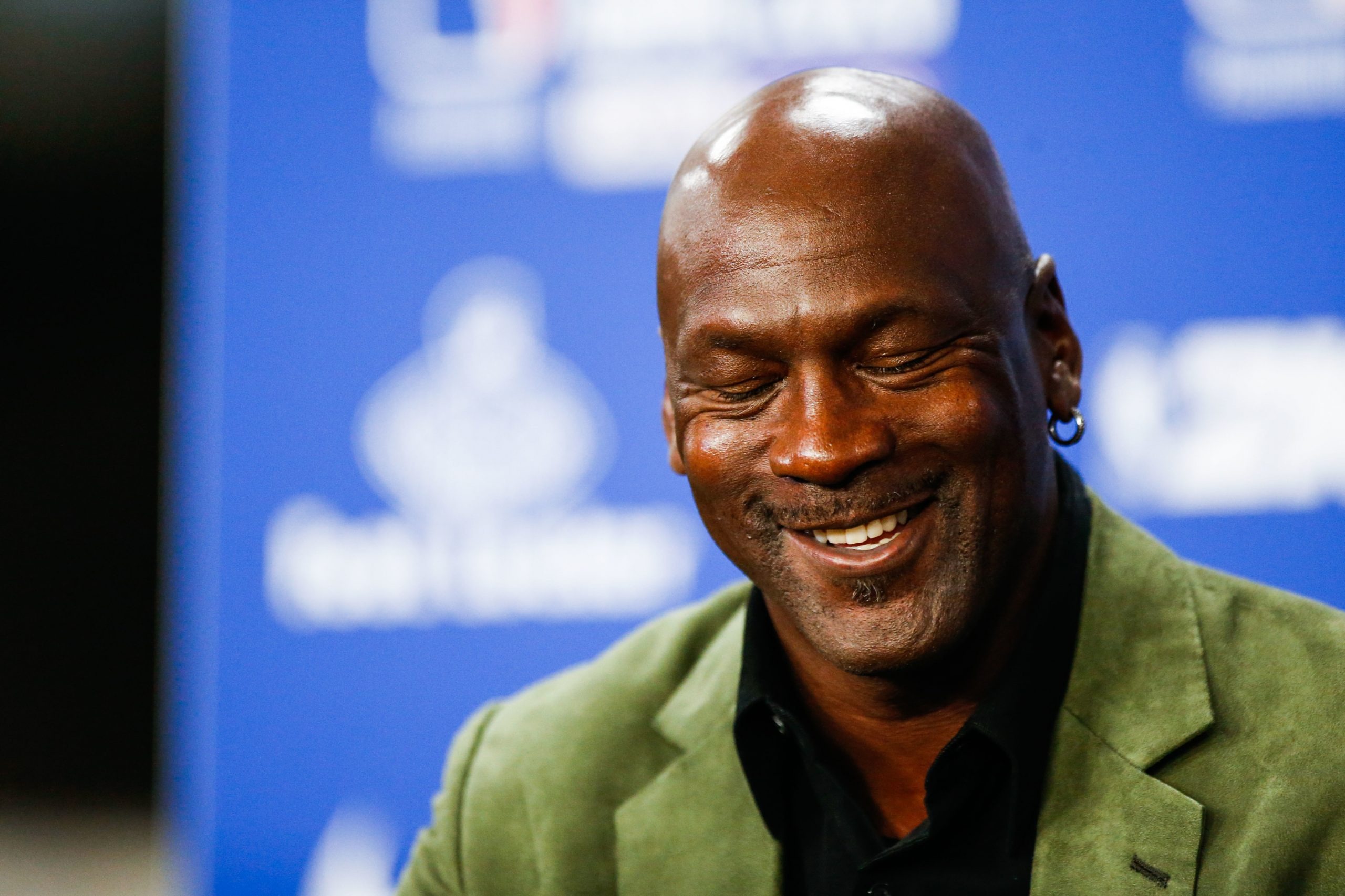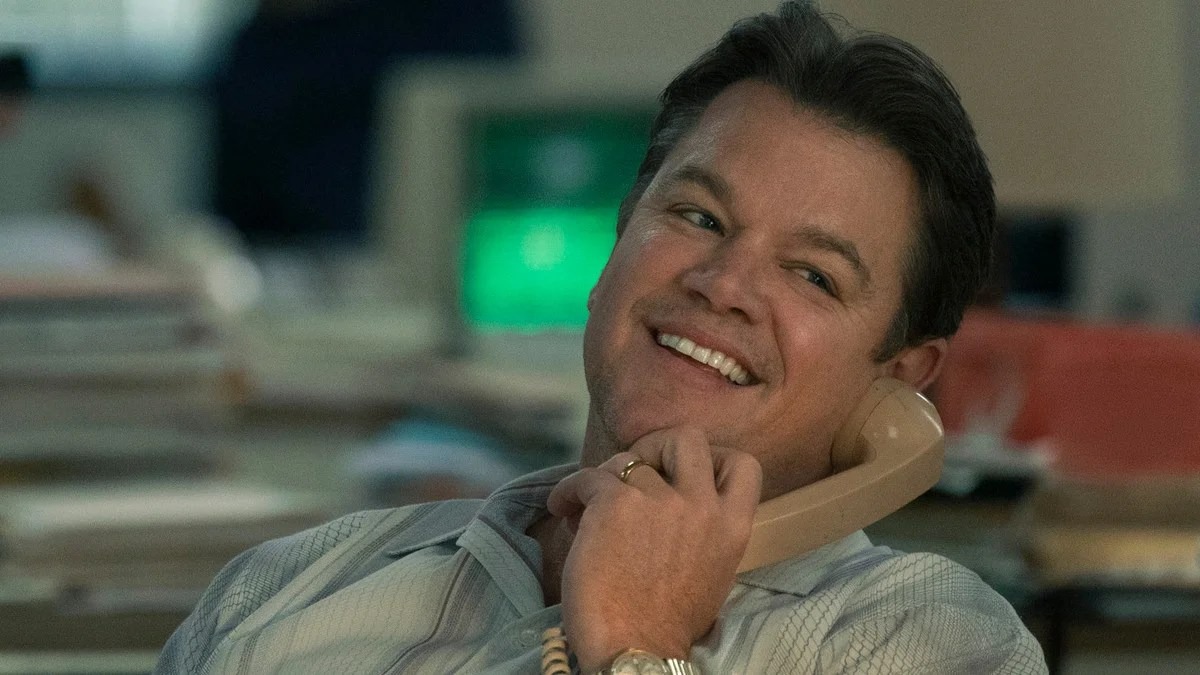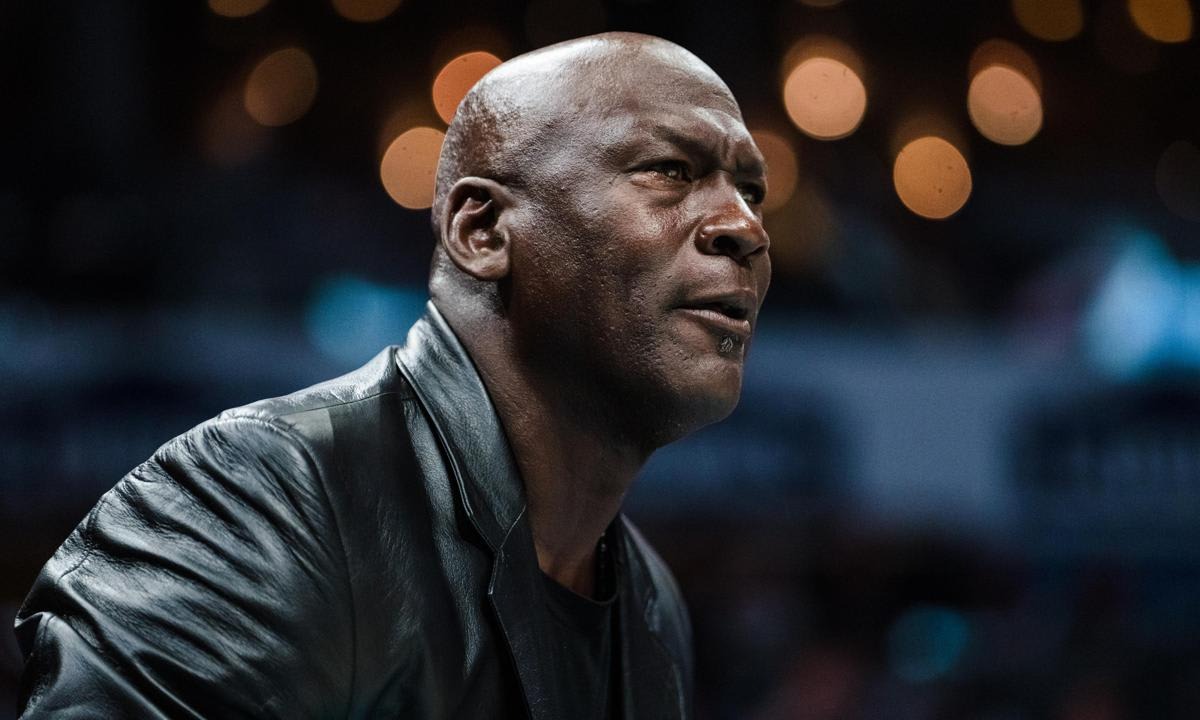This story about “Air” screenwriter Alex Convery first appeared in the Race Begins issue of TheWrap magazine.
The story of how screenwriter Alex Convery got the audience-rousing, Amazon released, Ben Affleck-directed 1980s saga “Air” off the ground when Affleck stumbled upon the script is almost as cheer-worthy as the film itself. After all, how many writers get this kind of (pardon the pun) slam dunk on their first try: a wide-release mid-budgeter (originally intended for streaming-only until testing scores went through the roof) with the blessing of key subject and legend Michael Jordan?

“Well, it’s my first produced screenplay. It’s certainly not the first one I’ve written,” Convery was careful to say, noting that like many upstart screenwriters, he has a litany of works that did not always land on the right desks. “I was in this daily grind of chasing assignments and trying to sell pitches, and I got kind of trapped in this cycle of trying to work for other people. And then COVID hit, and the industry kind of shut down, which provided a fair amount of freedom. It allowed me to go back to spec-ing.”
The spec script he wrote was the story of how Sonny Vaccaro (played by Matt Damon), a desperate-for-a-win marketing exec at Nike, manages to score the most famous sneaker line in American history, a landmark deal for a product called Air Jordans, which helped secure Michael Jordan’s standing as one of the world’s greatest-living athletes and create an industry boilerplate for athlete profit participation as well. The idea was sparked by Convery’s binge of the Netflix doc “The Last Dance,” in which a casual mention of this deal took permanent residence in his head.

“I’m a ’90s kid from Chicago, so it’s not like I would have been watching anything else at that time,” Convery said with a laugh, noting that he never thought what he wrote would ever reach these heights. “Sonny was left out of a lot of this story over time, and it’s crazy that he wasn’t even in ‘The Last Dance.’ I wouldn’t have done it unless it had a compelling protagonist at the center, and him being this kind of unknown employee at Nike and an underdog in his own right was all very interesting to me.”
Sonny’s monologues are so supple that even a controversial former president lifted from one wholesale for a Truth Social campaign video. (“That was a bummer,” Convery lamented. “You put stuff out into the world and you can’t necessarily control how people are going to interpret it, or what they’re going to do with it.”)
Given Jordan’s supersonic popularity, it was inevitable that Affleck and Convery would need to get his family’s approval. (Real-life married actors Viola Davis and Julius Tennon play Jordan’s parents in the film, while Michael remains a mostly off-screen presence.) Jordan had only a few major notes: that his mother Deloris have an increased presence in the film’s back half, and that Nike exec
Howard White and especially Olympic coach George Raveling (played by Chris Tucker and Marlon Wayans, respectively) get proper kudos for their involvement in shepherding this success tale.
“Raveling was mentioned in the original script,” Convery said, “but because his Olympics coaching was taking place before the movie, I just felt for dramatic purposes, it didn’t make a ton of sense to try and squeeze him in. But when you hear from Michael just about how pivotal it was, we’ve got to get him in. And it’s hard to imagine the movie without them.”

Speaking of pivotal characters, the movie shrewdly uses Jordan himself as a shadowy God-like figure within the proceedings. (Played by Damian Young, he utters but one on-screen word in the picture.) There’s a reason for that. “In the original script, you did see him in the end—but it always felt like his absence was
more powerful than his presence would have been, because he has this mythic quality,” Convery said, noting Steven Spielberg’s classic withholding of the shark in “Jaws” for tension. “The less you show of something, the more powerful it is, because our imaginations are always going to create something more powerful than whatever visceral concrete image you can come up with.”